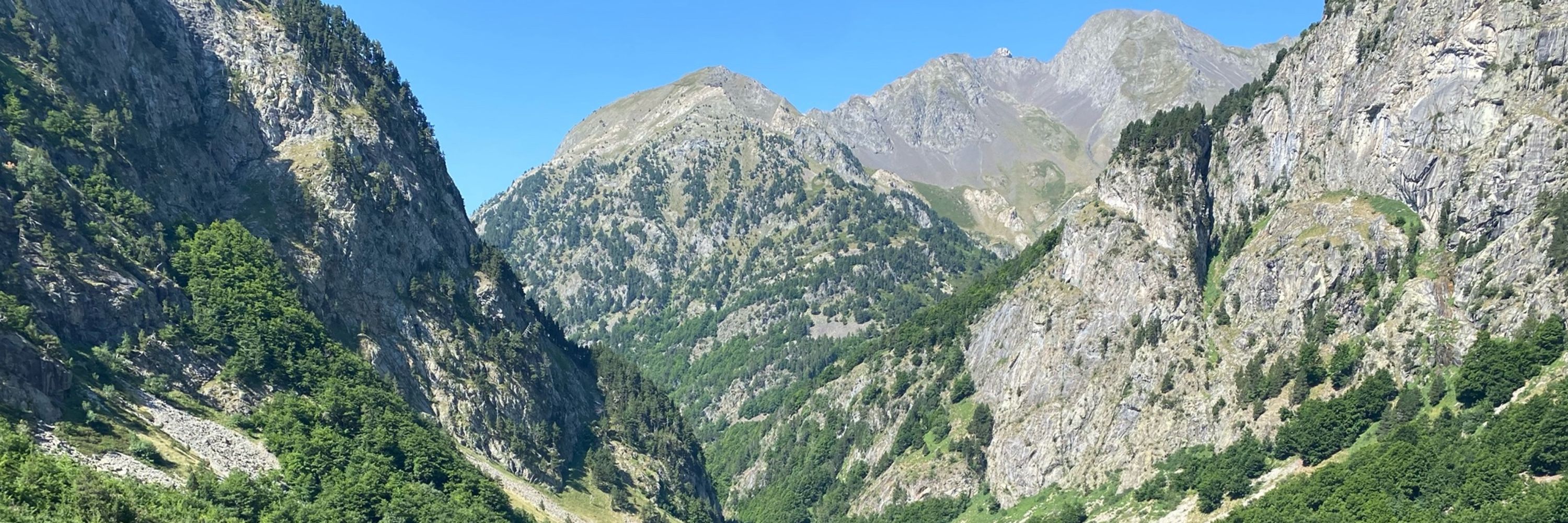
Ramón y Cajal research fellow at the Botanical Institute of Barcelona (IBB), CSIC-MCNB
www.ecology-padulles.net

If you're into biogeography, macroecology, or the deep-time stories hidden in forest communities, check out the full study:
🔗 doi.org/10.1002/ecog...
Bottom line: the temperate deciduous biome shares a common origin, but each region carries its own evolutionary storyline.
And yet, we still lack full geographic and environmental coverage. More data (especially from under-sampled areas!) will be crucial to understand the biome’s global diversity
These patterns line up with each region’s long-term history:
East Eurasia stayed relatively stable, allowing many ancient plant lineages to persist.
North America went through bigger climatic and geological shake-ups, which likely produced forests with more evolutionarily distinctive species.
Why? Our models point to contrasting effects of past and present climate:
🌧️ In east Eurasia, high precipitation seasonality reduces evolutionary distinctiveness.
🌡️ In west Eurasia, temperature seasonality is the main limiting factor.

Another key metric: community evolutionary distinctiveness (CED).
This tells us how many evolutionarily unique or isolated lineages a community contains.
Surprise: North America comes out on top, its forests host especially distinctive plant lineages.

Between regions, the biggest evolutionary gap was between west Eurasia and east Eurasia.
Forests in North America and east Eurasia, on the other hand, shared more evolutionary history than we expected.

We also looked at phylogenetic turnover, in simple terms, how different the evolutionary histories of forest communities are within and between regions.
East Eurasia showed the most uniform evolutionary makeup, while West Eurasia had the strongest internal differences.

First big takeaway: East Eurasia is the champion of plant species richness, especially when it comes to trees and shrubs.
West Eurasia, meanwhile, shines in herb diversity.
Forests may look similar at first glance, but evolution played out very differently in each region.

We pulled together ~9600 vegetation plots from across the Northern Hemisphere.
(Important note: this isn’t a complete sampling of the entire biome; these are the best available plot data, but big gaps remain!)
New paper out in @ecography.bsky.social ! 🌍🌳
We looked at temperate deciduous forests across North America, West Eurasia, and East Eurasia, three regions that share ancient roots but have been separated for millions of years. What does that long breakup mean for today’s biodiversity?
Reposted by Josep Padullés Cubino

🚨 We are seeking a highly motivated individual to pursue a 4-year #PhD in Plant Ecology and Biogeography, funded by the FPU grant of the Spanish Ministry of Science and Innovation:
ℹ️ www.ibb.csic.es/en/2025/08/p...
Reposted by Josep Padullés Cubino



